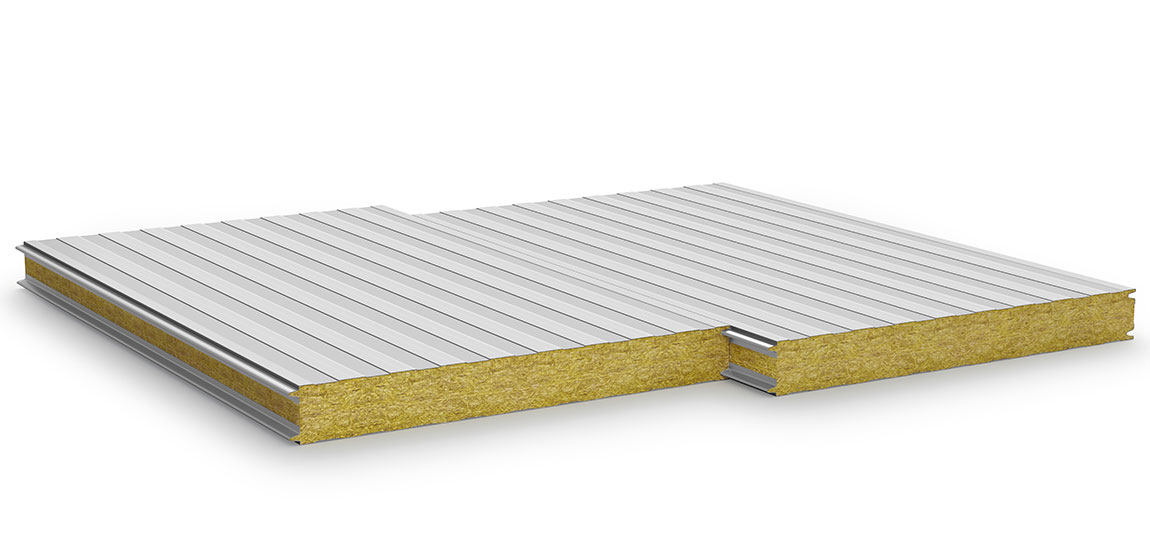Are Composite Metal Panels Better Than Sheet Metal For Modern Construction Projects? | CLEARVIEW CLADDING CONCEPTS

- By : adrianmarku
- 0 Comments
A few decades ago, it was easy to spot a modern building. It was made out of metal. But times have changed, and now designers are working with lightweight and durable composites instead of steel sheets. Composite Metal composites offer many advantages over traditional metal fabrication: they’re lighter, more flexible in design, and easier to work with than conventional metal sheets or plates. In this article, we’ll cover some key benefits of using metal composites in your next project—and why they make sense for everyone, from architects to contractors!
Flexibility In Design
Metal composites are flexible in their design. This is because they are not sheet metal but rather composite materials that can be bent, cut, and welded to your specifications. You can even use them for curved shapes and custom shapes, which you would not be able to do with sheet metal. In addition to being able to cut the material into any shape you want, there’s also the option of applying color patterns or textures onto the surface of your design. The flexibility in its design makes it ideal for modern architectural projects where unique forms and shapes are needed.
Reduced Costs
The benefits of metal composites are not limited to just aesthetics; they also include a reduction in cost, which can be especially helpful to those who are working on a tight budget. When comparing metal composites with the use of sheet metal, you will find that there are many ways in which you will save money and time when using this material.
The reduced weight of the structure means that it is cheaper to build because fewer materials are needed, and fewer labor hours will be required to complete tasks. The low cost of materials also means less need for expensive construction equipment such as cranes or bulldozers, reducing your costs even more. Additionally, since metal composites have longer lifespans than other materials (and therefore require less maintenance over time), you’ll save money by not having to repair broken parts as often!
Wide Variety Of Surfaces And Finishes
The most apparent benefit of metal composites is their vast surface and finish options. Depending on your project’s needs, you can choose from many different colors, textures, and finishes. They won’t rust or corrode as sheet metal would—they’re also much more resistant to deterioration than wood or other organic materials.
Metal composites can be painted or powder coated in a wide range of colors and textures to match any design aesthetic you want for your building architecture as well-crafted pieces made from these materials are not only beautiful but also highly durable for use both indoors and out (although it may be best to avoid using them near saltwater).
Highly Durable Coating System
The metal composite system offers a highly durable coating system that resists wear and tear while providing maximum protection against harsh conditions. A metal composite coating can be used indoors and outdoors, making it ideal for high-traffic areas such as shopping malls, airports, train stations, and other public facilities.
Compatible With Any Attachment System
Metal composites are compatible with any attachment system as they are made from metal. They can be attached to concrete, steel, wood and more using screws, bolts, or adhesives. The fastening method of choice depends on the structural integrity of the project in question.
For example, if you have a small piece of furniture that needs to be attached to a concrete or cement block wall, then screwing it onto a stud will suffice. Like an industrial building, a large structure will require much larger fasteners to attach it securely. If there’s no stud available, then adhesive could also be used to secure your metal composite part in place.
Conclusion
As you can see, composite metal panels offer a lot of benefits over traditional sheet metal. So if you’re looking for a way to save money on your next architectural project or just want something that looks nicer than plain steel, we recommend giving composite metal panels a try!
